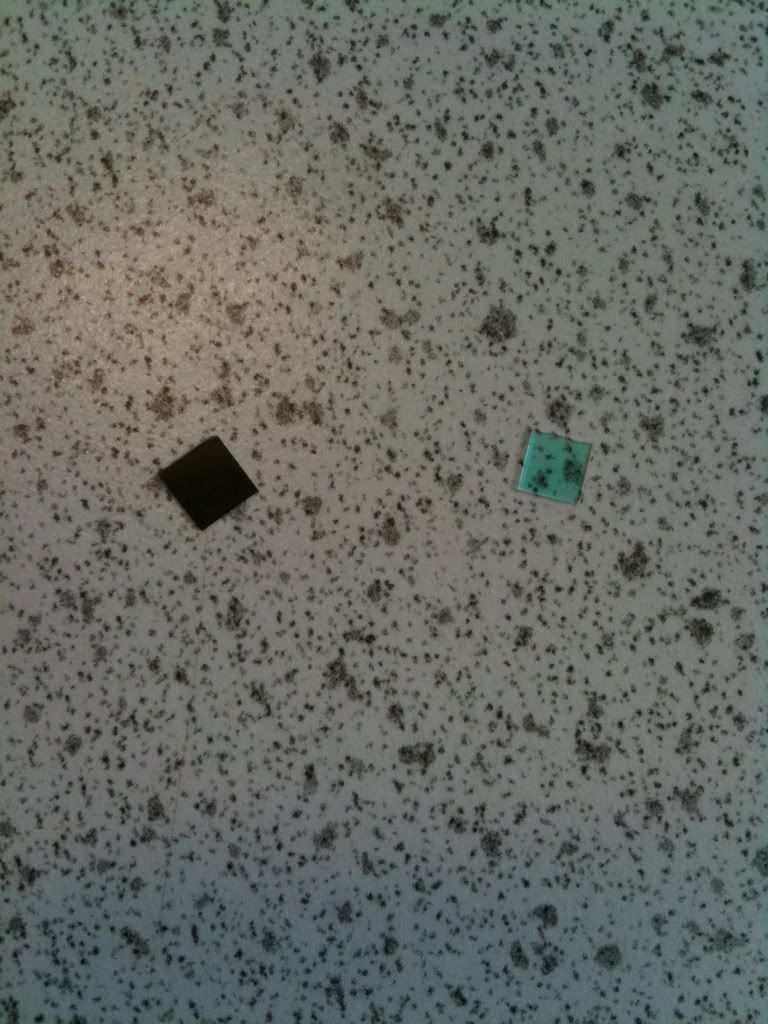Every time I teach about infrared radiation, I have a lot of nice images I can show my classes and maybe even a clip or two from 'The Predator' to go with them. I saw an email today offering an infrared camera as part of your attendance on a course and it reminded me of the fact that I have always wanted one to show realtime images in the infrared spectrum.
Given that I've got a little more time on my hands than I normally do, on account of it being the exam season, I set about trying to make myself one.

I opened up the nearest webcam and screwed off the plastic section surrounding the lens. On the back of it and found the infrared filter.

I duly removed it and replaced the infrared filter and set about replacing it with a visible light one. I initially cut a small square from some blackened x-ray film and tested it but I was still seeing some colour. This
guide suggested that the best visible light filter could be scavenged from the negatives of some old colour film.
This was the trickiest part of the process but I eventually managed to fit two small pieces of this film in place on the back of the lens.
I've tested it briefly and it looks pretty good. I'll post some images later.
My camera was a basic Creative Live Cam but other manufacturers should be constructed in a similar fashion. A nice cheap alternative for bringing infrared into the classroom!



